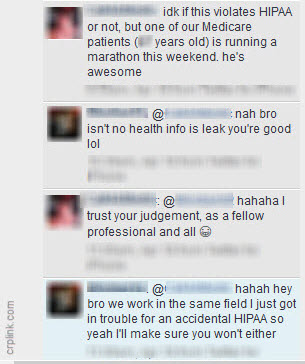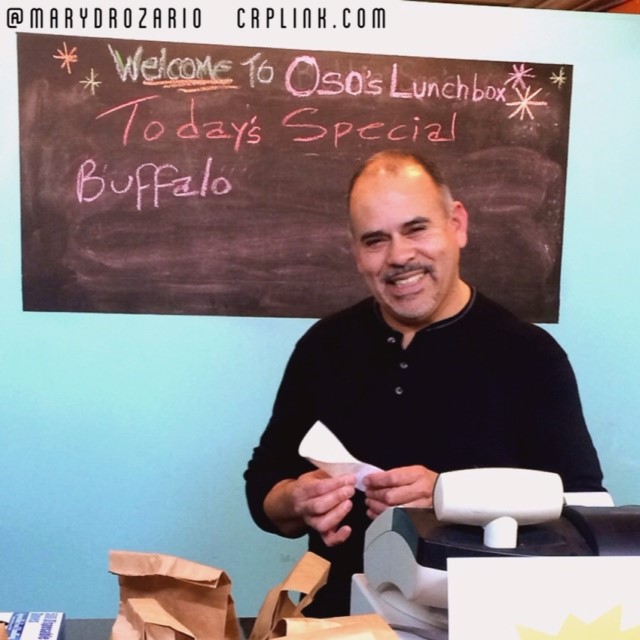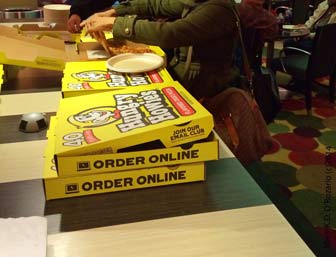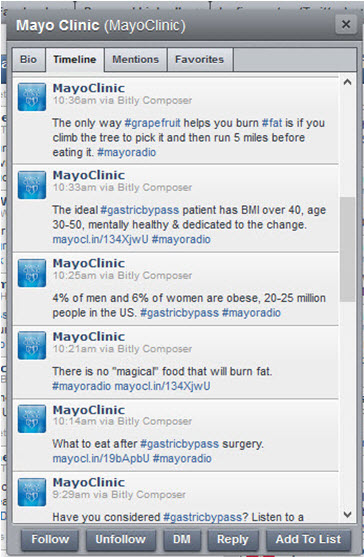Get social media training for your health care employees.
marydrozario
If your medical practice doesn’t engage in social media, it might be because what I’m about to show you is your worst nightmare. Health care workers tend to use health care key words when they post inappropriate material, "I'm not sure if this violates HIPAA but" is a very popular intro to a HIPAA violation. This assures that the materials shows up in streams commonly followed by other health care professionals and advocacy groups. For example this Twitter post and subsequent discussion was visible in keyword streams for "HIPAA" and "Medicare."
Have you given your staff any training in social media? Not just telling them about HIPAA confidentiality standards, but explaining to them what kind of public behavior standards you expect and demonstrating exactly how to meet those expectations. Do you have a written social media policy that benchmarks those standards for any necessary employee discipline? Despite the fact that Millennials are digital natives, most of them have received zero social media training in high school or college. [1] If you want to avoid a situation like this, you will schedule a social media training session for your staff.
The possible HIPAA violation (it took me less than five minutes to find a name for this patient) might be the least of your worries. One of these young men posts highly vulgar text and photos using race and gender terms that are generally considered highly offensive by the Silent & Baby Boomer generations being served. The most vulgar of the two may not even be an employee of the same practice, but does it matter when he's part of a conversation like this? Long before this post the social media risk was already clear. Don’t be the last to know if this is the kind of thing representing your practice online.
You need to train your employees. Talk to them about how they can align their social media use with their own life and career goals. Talk to them about how their associates reflect on them. Make your social media policy public- post it on your website. Your social media policy provides context for patients when they see social media posts from your staff. Do you consider their personal social media use to not represent your practice in any way? Make that clear to your employees and your patients. You also likely need to know more about the social media use of your employees than you do now, but you must have a written policy to assure you do not violate your employees' legally protect rights.
CRP provides social media training for health care and life science companies. We also provide training to individuals, including young adults, as part of the Profile Proud Alliance.
1. Holmes, R. (2014 APR 15). 5 social media skills millennials lack. HootSuite Blog.





